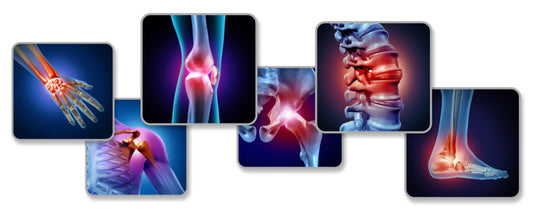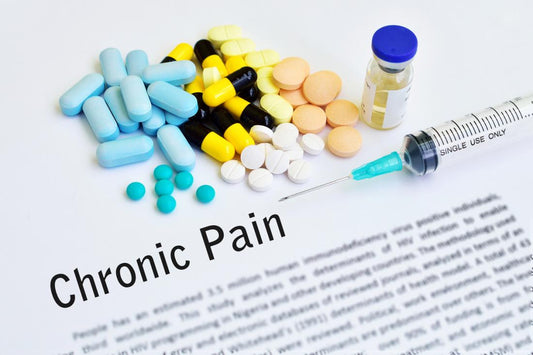Palmitoylethanolamide (PEA) Unlocking the Natural Power of Pain Relief
Palmitoylethanolamide (PEA) has gained significant attention in recent years due to its potential therapeutic benefits. It can provide relief from pain, inflammation, and promote overall well-being in a natural way.
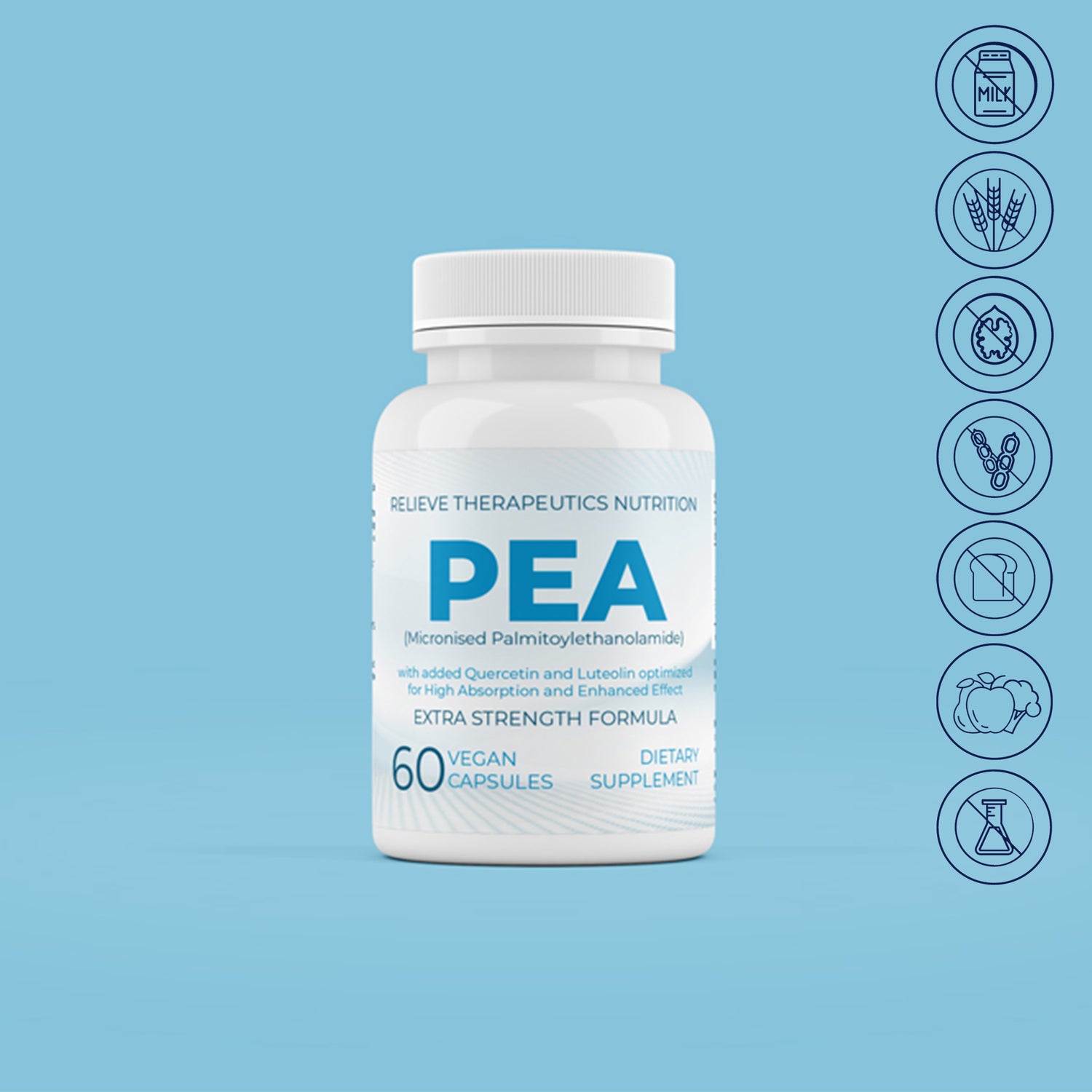
Relieve Pain Naturally with PEA
Shop nowPalmitoylethanolamide(PEA) is helping patients with pain conditions such as fibromyalgia, arthritis, back pain, nerve pain, migraine and headache, trigeminal neuralgia, multiple sclerosis and sciatica.
As Seen In

'I can now manage my chronic pain in a safe and effective way naturally...'
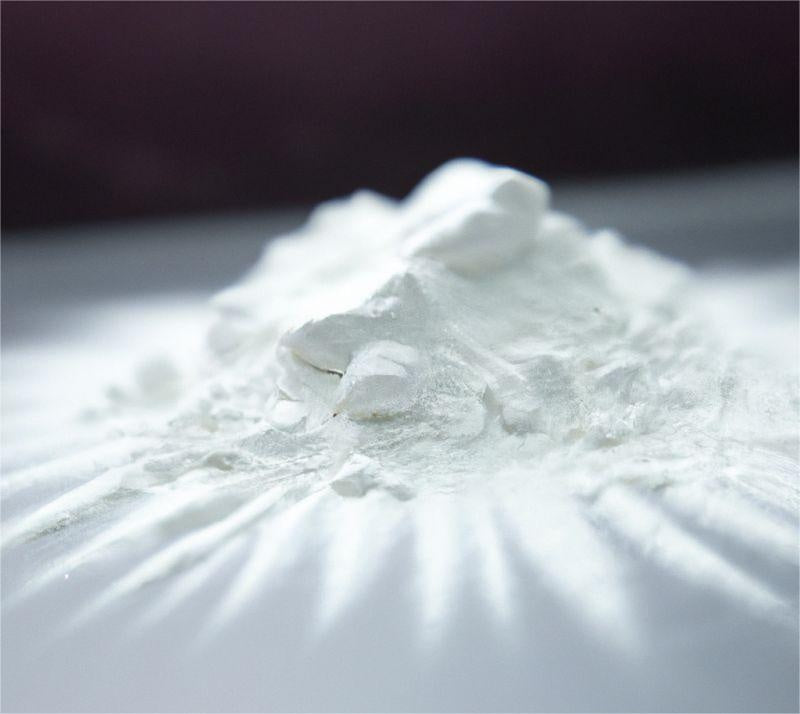
HIGH GRADE NATURALLY SOURCED ULTRA MICRONISED
Palmitoylethanolamide (PEA)
Palmitoylethanolamide (PEA) is a natural fatty acid that has shown promising benefits in various areas of health. It possesses anti-inflammatory properties, supports pain management, and may provide neuroprotective effects, making it a potential therapeutic option for conditions such as chronic pain, inflammation, and certain neurological disorders. Our PEA is ultramicronised for enhanced absorption.
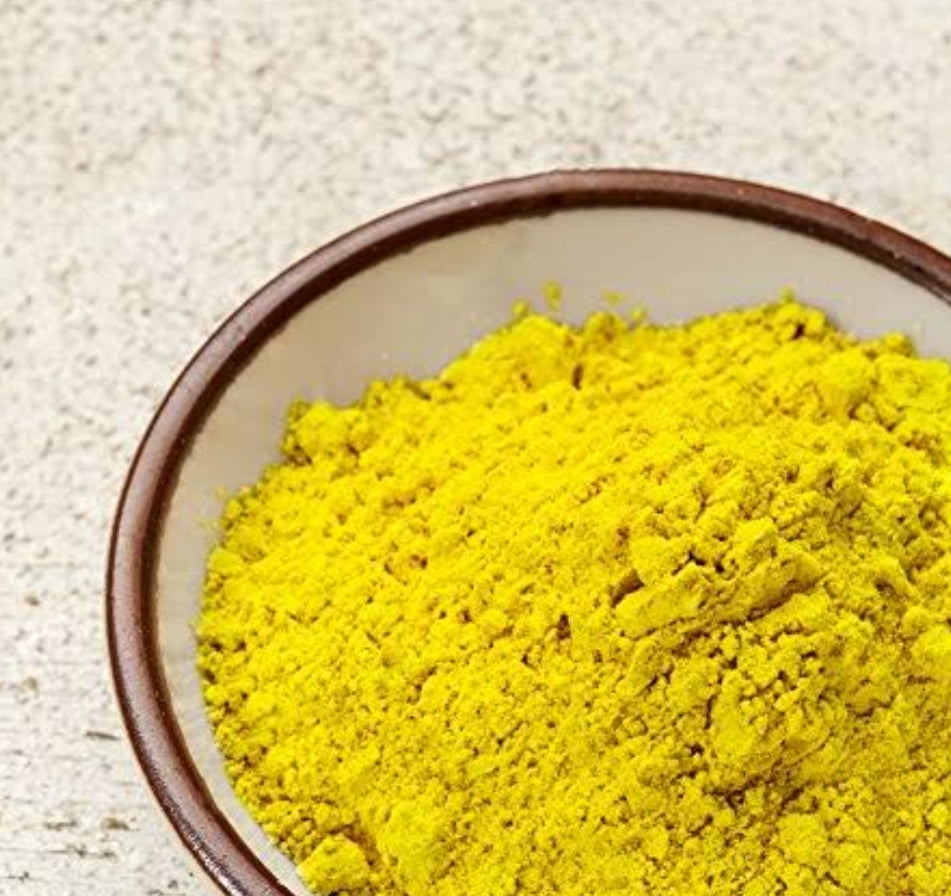
NATURAL ANTI-INFLAMMATORY
Quercetin
Quercetin is a flavonoid found in many fruits, vegetables, and herbs, and it offers several potential health benefits. It exhibits strong antioxidant and anti-inflammatory properties, which may help protect against chronic diseases, support heart health, boost the immune system, and contribute to overall well-being.
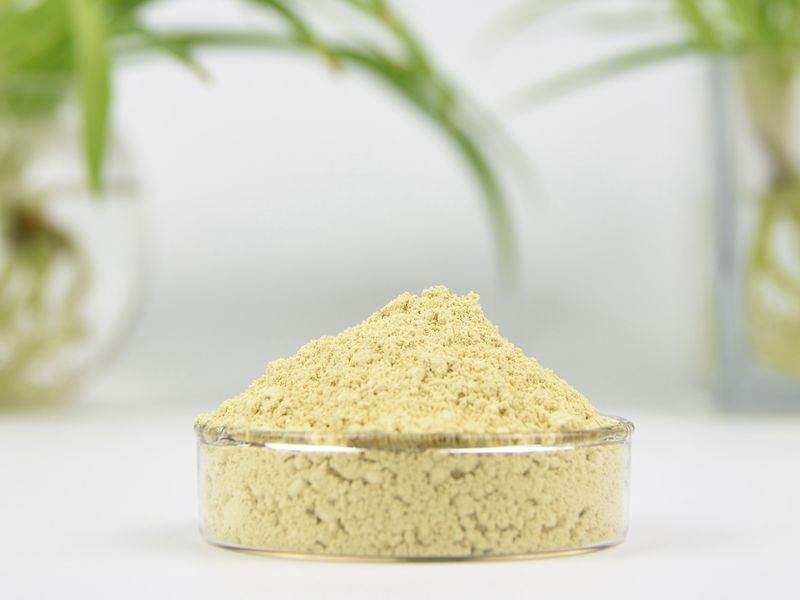
SYNERGISTIC PAIN RELIEF
Luteolin
Luteolin, a natural flavonoid, has demonstrated potential benefits in pain management. It has been found to possess analgesic properties by modulating inflammatory pathways and inhibiting pain mediators, suggesting its potential use as a natural alternative for pain relief and management.
Frequently Asked Questions
What is PEA?
PEA, short for palmitoylethanolamide, is a naturally occurring fatty acid amide that belongs to the family of endocannabinoids. Although it does not directly interact with the body's cannabinoid receptors, PEA plays a crucial role in modulating various biological processes and maintaining homeostasis. It is produced in response to tissue damage and inflammation, acting as a powerful lipid mediator.
How Does PEA Work?
PEA exerts its therapeutic effects through multiple mechanisms within the body. One of the primary mechanisms is its ability to activate the peroxisome proliferator-activated receptor-alpha (PPAR-α), which regulates genes involved in inflammation and pain modulation. By binding to PPAR-α, PEA can reduce the production of pro-inflammatory substances and dampen the activity of immune cells, leading to a decrease in pain and inflammation.
How to Take PEA
When it comes to incorporating PEA into your daily routine, it's important to follow the recommended guidelines for safe and effective use. PEA is commonly available in capsule form, making it convenient and easy to consume. The recommended dosage typically ranges from 300 mg to 1200 mg per day, divided into two or three doses. It's advisable to start with a lower dosage and gradually increase as needed, while closely monitoring your body's response.
Potential Side Effects of PEA
PEA is generally well-tolerated and considered safe for most individuals. However, as with any dietary supplement, there is a possibility of experiencing mild side effects. These may include gastrointestinal discomfort, headache, or dizziness. If you are pregnant, nursing, have a pre-existing medical condition, or are taking any medications, it's always wise to consult with a healthcare professional before starting any new supplement regimen.
Palmitoylethanolamide (PEA) capsules offer a natural and promising solution for pain relief, inflammation management, and overall well-being. With its multifaceted benefits, PEA has the potential to improve the lives of individuals seeking alternative approaches to support their health. By harnessing the power of PEA, you can take a proactive step towards finding relief, promoting vitality, and embracing a higher quality of life.
Is PEA a prescription medication?
PEA is not a prescription medication. It is a naturally occurring compound and is found is foods such as lentil, egg yolk and soy bean.
How long does it take to experience the benefits of PEA?
The time it takes to experience the benefits of PEA can vary from individual to individual. Some people may notice improvements within a few days, while others may require several weeks of consistent use.
Can PEA interact with other medications?
PEA is generally considered safe with minimal interactions. However, it's always best to consult with a healthcare professional if you are taking any medications or have concerns about potential interactions.
Are there any age restrictions for taking PEA capsules?
PEA is generally safe for adults of all ages. However, it's advisable to consult with a healthcare professional before giving PEA capsules to children or if you have specific concerns related to age.
Can PEA capsules be taken long-term?
PEA capsules can be taken long-term as part of a well-rounded wellness routine. However, it's recommended to periodically reassess your needs and consult with a healthcare professional to ensure continued efficacy and safety.
PEA has demonstrated its pain-relieving effects in the following conditions:
Fibromyalgia (FM): 35 patients with FM, already taking pain medications, took 600 mg/d of PEA for 12 weeks. Results showed PEA reduced their overall pain. The average number of painful body points also decreased from eight to one.
Osteoarthritis (OA): 111 people with mild or moderate knee OA received 600 mg/d of PEA for 8 weeks, and at the end of the trial, their knee pain and stiffness reduced by 53.7%, compared to 25% in the placebo group.
Diabetic neuropathy: A 600 mg/d dose of PEA across 8 weeks reduced the intensity and presence of pain, pins and needles, burning and numbness in 30 people with diabetic neuropathy.
Carpal tunnel syndrome (CTS): 50 patients took 1,200 mg/d of PEA for 8 weeks, experiencing a decrease in the pain intensity of their CTS, compared to people who didn’t take PEA, whose pain actually increased.
Sciatica: 636 sciatica participants who were prescribed 600 mg/d of PEA for 21 days reported their pain reduced and quality of life improved.
Headache: A total of 636 participants experiencing headache, who were prescribed a daily dosage of 600 mg of palmitoylethanolamide (PEA) for 21 days, reported a reduction in pain and an improvement in their quality of life.
1 Wang J. Glial endocannabinoid system in pain modulation. Int J Neurosci. 2019 Jan;129(1):94-100. doi: 10.1080/00207454.2018.1503178.
2 Peritore AF, Siracusa R, Crupi R, Cuzzocrea S. Therapeutic efficacy of palmitoylethanolamide and its new formulations in synergy with different antioxidant molecules present in diets. Nutrients. 2019 Sep 11;11(9).e2175. doi: 10.3390/nu11092175.
3 Gatti A, Lazzari M, Gianfelice V, Di Paolo A, Sabato E, Sabato AF. Palmitoylethanolamide in the treatment of chronic pain caused by different etiopathogenesis. Pain Med. 2012 Sep;13(9):1121-30. doi: 10.1111/j.1526-4637.2012.01432.x.
4 Steels E, Venkatesh R, Vitetta G, Vitetta L. A double-blind randomized placebo controlled study assessing safety, tolerability and efficacy of palmitoylethanolamide for symptoms of knee osteoarthritis. Inflammopharmacology. 2019 Jun;27(3):475-485. doi: 10.1007/s10787-019-00582-9.
5 Schifilliti C, Cucinotta L, Fedele V, Ingegnosi C, Luca S, Leotta C. Micronized palmitoylethanolamide reduces the symptoms of neuropathic pain in diabetic patients. Pain Res Treat. 2014;2014:849623. doi: 10.1155/2014/849623.
6 Assini A, Laricchia D, Pizzo R, Pandolfini L, Belletti M, Colucci M, et al. The carpal tunnel syndrome in diabetes: clinical and electrophysiological improvement after treatment with palmitoylethanolamide: P1577. Eur J Neurol. 2010 Sep 17;12(3):295-295.
7 Guida G, De Martino M, De Fabiani A, Canterieri L, Alexandre A, Vassallo GM, et al. Palmitoylethanolamide (Normast®) in chronic neuropathic pain due to compression lumbociatalgia: a multicenter clinical study. DOLOR. 2010:25(1):35-42.
Let customers speak for us

























